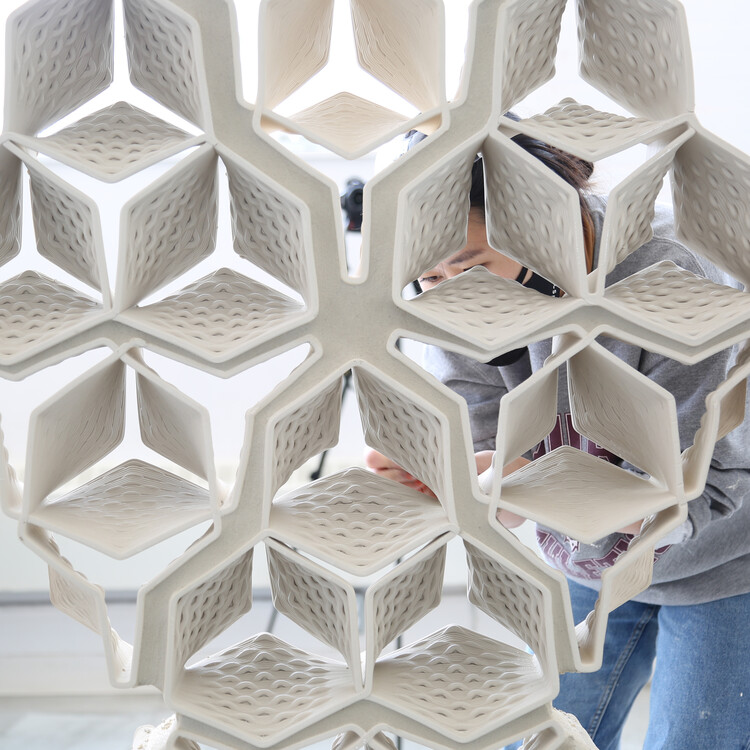
Achieving the perfect bathroom design and layout for each user comes with a lot of very detailed decision-making. One example is the shower versus bath debate, which includes valid arguments in favor of each option, and no objective right or wrong. When designing a bathroom, architects must use their experience and perception to make decisions that will best respond to the layout’s spatial needs. Shower or bathtub standard dimensions, placement of elements, and material selection are some of the factors that must be studied before adjusting to the user’s requirements.


















